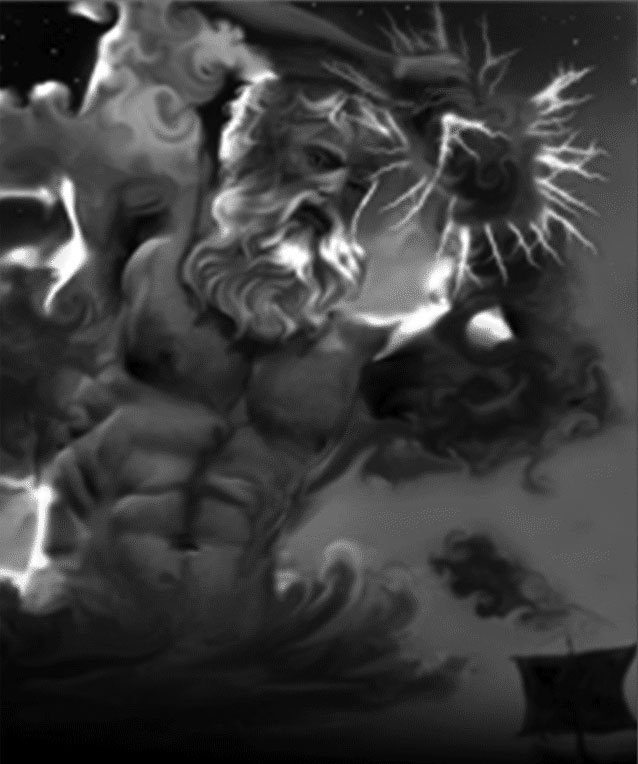
Long Form Two teaches:
1)
The concepts that the practitioner must learn:
| a) | Long Form Two continues to expand upon the information presented in Short / Long Form One and Short Form Two |
| b) | Long Form Two reverses maneuvers demonstrated in Short / Long Form One |
2)
The following new stances:
| a) | reverse bow - which introduces the following new concepts: |
| i) | enhanced distance (in-place) |
| ii) | Weight Distribution (40% / 60%) |
| iii) | increase of distance without foot maneuver |
3)
The following new strikes:
| a) | four, finger poke (horizontal / vertical) - which introduces the following: |
| i) | new weapon contact point |
| b) | side kick - which introduces the following: |
| ii) | striking to new height zone (low) |
| iii) | new weapon formation (foot) |
| c) | hammer-fist - which introduces the following: |
| d) | claw - which introduces the following: |
| i) | new weapon contact point |
| e) | back-knuckle - which introduces the following: |
| i) | new weapon contact point |
| f) | inverted, vertical back-knuckle - which introduces the following: |
| g) | front kick - which introduces the following: |
| i) | new weapon formation (foot) |
| ii) | new weapon contact point (foot) |
| h) | buckle - which introduces the following: |
| i) | new weapon contact point (leg) |
| i) | half-knuckle (closed) - which introduces the following: |
| j) | instep (arch) kick - which introduces the following: |
| i) | new weapon contact point (foot) |
| k) | forearm (horizontal / vertical) - which introduces the following: |
| i) | switch of intent (defense to offense) of physically similar maneuvers |
| l) | two, finger poke - which introduces the following: |
| n) | outward, overhead elbow |
| i) | new weapon contact point (elbow) |
4)
The following new blocks:
| a) | universal block - which introduces the following: |
| i) | defense with both front and rear weapons simultaneously |
| ii) | defense to multiple height zones simultaneously (middle / low) |
5)
The following new foot maneuvers:
6)
The following new Methods of Execution:
7)
Reinforces previously introduced concepts:
| c) | power principle isolation |
8)
Does not reinforce previous introduced concepts:
9)
The following new (major) concepts:
Long Form Two falls into the category of a dictionary form. As such, it continues the following elements of the dictionary forms.
1)
The blocking sequence:
| e) | extends the sequence with: |
| ii) | inside, downward, palm up block |
| ii) | inside, downward, palm down block |
2)
The form starts from the meditating horse stance
Long Form Two has a number of other elements it teaches / expands upon:
1)
It is specified as follows:
| a) | a predominantly advancing form |
| c) | power principle isolation |
| e) | delivery of multiple maneuvers simultaneously |
2)
An enhancement of stance rotation reasons:
| a) | power generation (extended) |
| b) | reach of rear weapon (extended) |
| c) | positioning of future weapon |
3)
An enhancement of the ways two-in-one timing can be demonstrated
4)
Defense with offense simultaneously
5)
Defense and offense with the same hand
6)
Double factors:
7)
Switching rear hand to front hand and front hand to rear hand both for defense and offense
8)
An exposure of foot maneuver elements - distance / rotation:
| a) | change of distance with rotation (step through) |
| b) | change of distance without rotation (cross over) |
| c) | change of distance then rotation (twist through) |
| d) | change of rotation then distance (twist through) |
| e) | change of rotation without distance (cover without step - i.e. Point of Reference change) |
